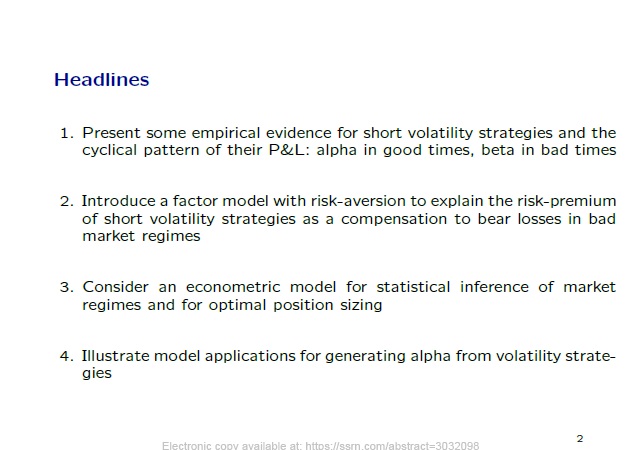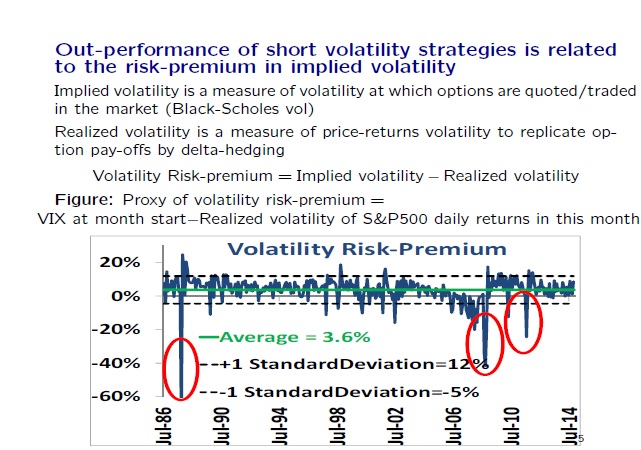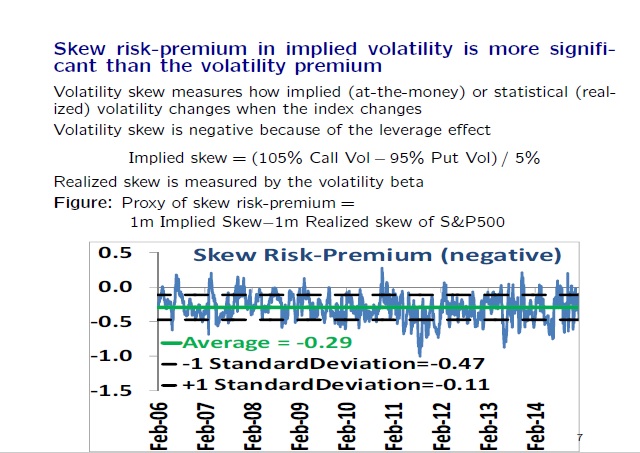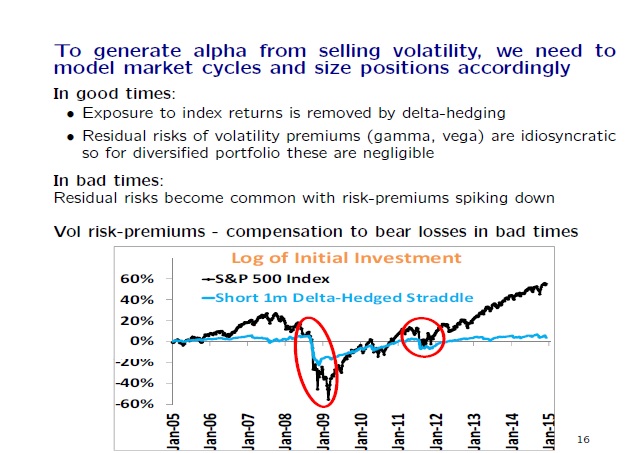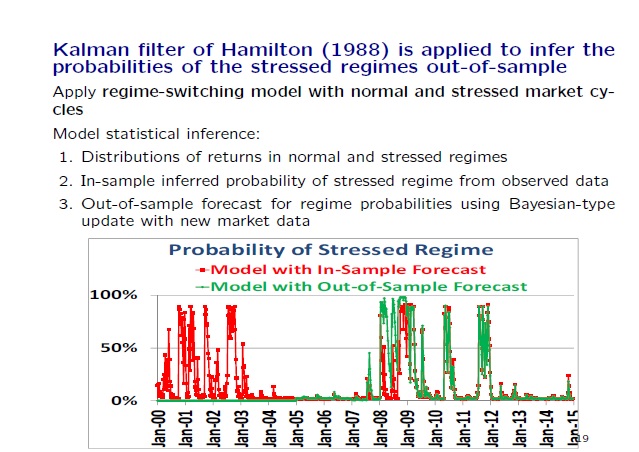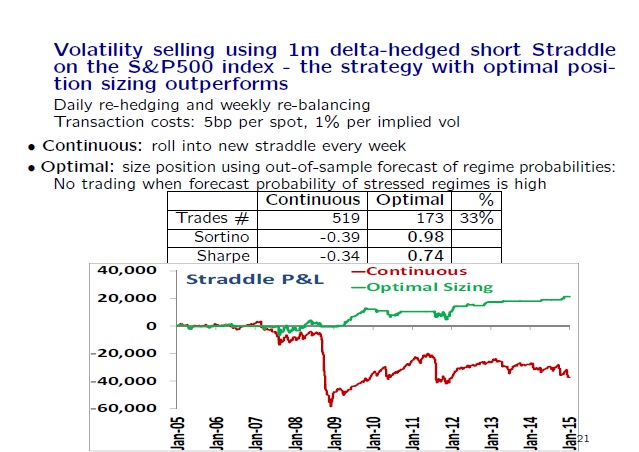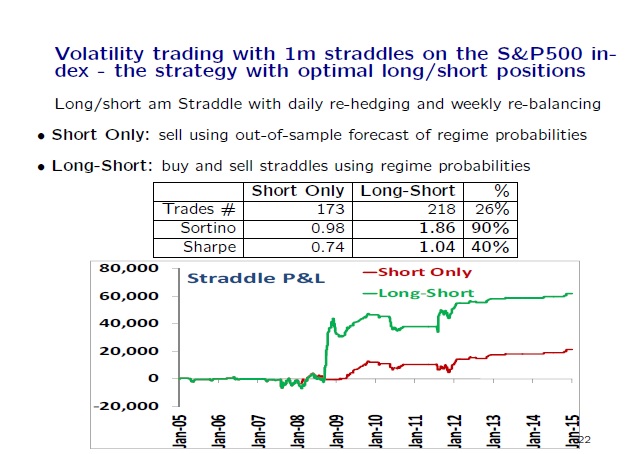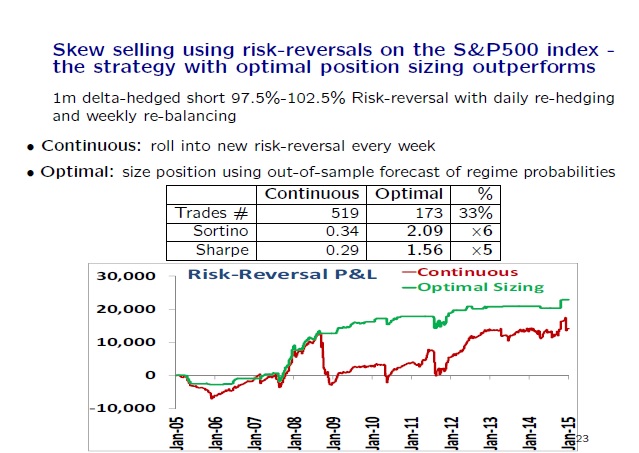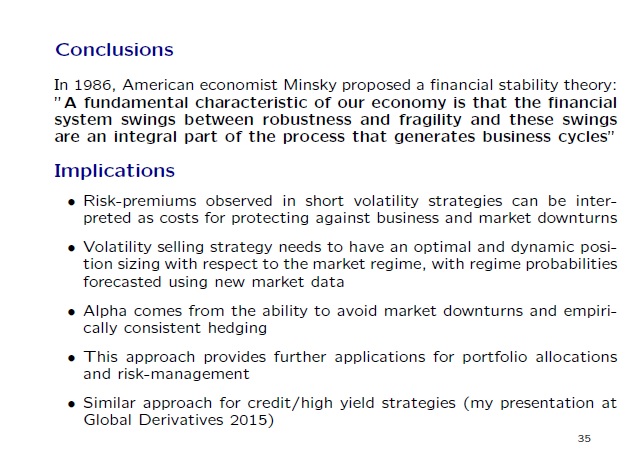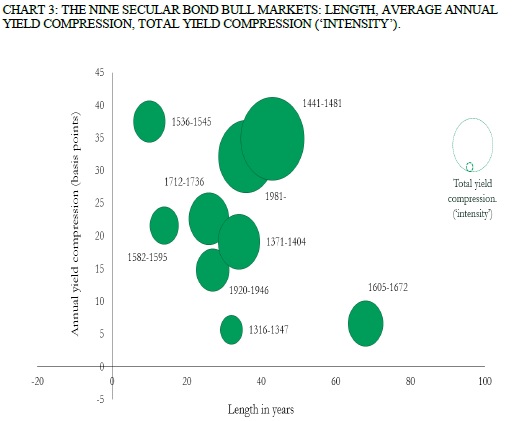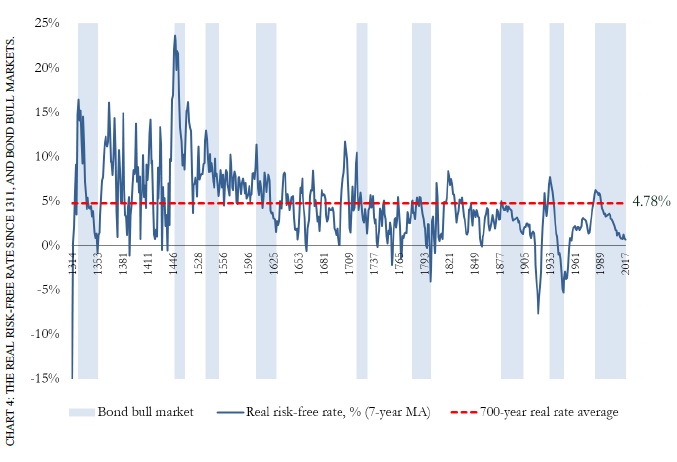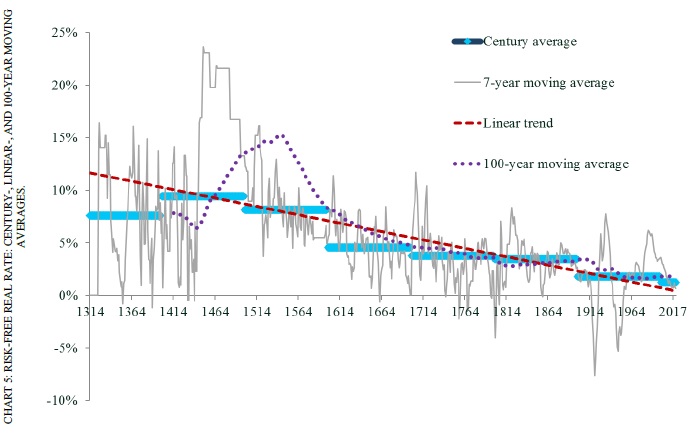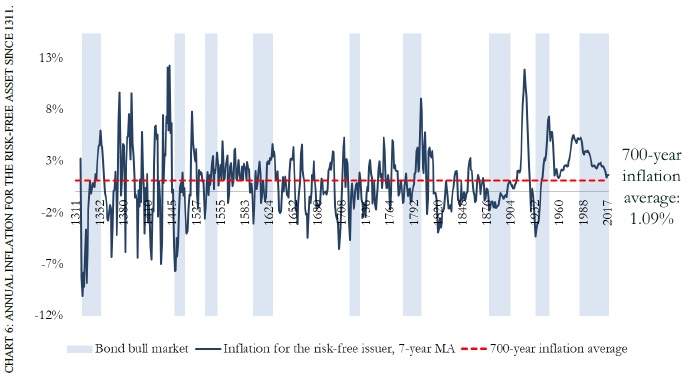Do Short Selling Costs Affect the Profitability of Stock Anomalies
A new financial research paper related to all long-short equity factor strategies:
Authors: Bekjarovski
Title: How Do Short Selling Costs and Restrictions Affect the Profitability of Stock Anomalies?
Link: https://papers.ssrn.com/sol3/papers.cfm?abstract_id=3066750
Abstract:
Short selling frictions cannot explain the persistence of seven prominent stock anomalies. Long-only investing is robust and profitable and can be further enhanced by using a synthetic short. Moreover, portfolios restricted to stocks that are easy to short sell continue to have large and significant short anomaly alphas. I derive cost bounds for switching between implementation methods and show that the cost associated with short anomaly positions is small relative to their profitability contribution using a proprietary database of borrowing fees. Overall, the empirical evidence does not support the implications of arbitrage asymmetry that mispricing is concentrated in short positions where it is too costly to exploit.
Notable quotations from the academic research paper:
"Historical tests of the CAPM have given rise to an abundance of anomalously priced characteristics in the cross-section of stock returns. Focus in academic work has been placed on the performance of zero-cost long-short portfolios. In practice, investment vehicles that provide anomaly exposure tend to be long-only. Evidence on the impact of short selling frictions on anomaly profitability is scarce. The goal of this paper is to fill this gap and explore the effect of short selling costs and short selling restrictions on the viability of anomaly investing.
From the point of view of practitioners, the impact of short selling frictions is relevant as it can help determine the optimal approach to anomaly investing. Should strategies be executed long-only or long-short? Alternatively, can shorting the market, rather than shorting individual securities, be used to improve between anomaly fit and the performance of anomaly combinations?
An explanation of anomalies grounded on arbitrage asymmetry implies two key hypotheses: (1) anomaly profitability should be concentrated in short positions and (2) capturing this profitability should be too costly. The paper finds evidence against both claims for seven prominent stocks anomalies. Extensive mispricing exists in long positions and short selling costs are avoidable and low relative to short position profitability. In other words, short selling frictions cannot account for the persistence of anomalies. The evidence is as follows.
Time series alphas are large and statistically significant in long-only anomaly portfolios. Moreover, the inclusion of long-only anomalies to the investment universe leads to an economically large improvement in risk-adjusted performance in portfolio analysis. Sharpe ratios go up by 32% out-of-sample and 60% in-sample relative to a traditional passive investment in the market. The improvement is significant at the 1% level. The results suggest that there is significant profitability in long-positions which is evidence against the first implication of arbitrage asymmetry that anomaly profitability should be concentrated in short positions. Even investors who do not short sell (for whatever reason) can extensively improve performance by including anomalies to their investment universe.
Is it necessary to short sell individual securities to exploit security overpricing and negative alphas? If short selling individual securities is impossible, how can we further improve upon long-only investing? In the presence of all-encompassing prohibitive shorting frictions on individual securities, the paper proposes the use of a synthetic-short strategy. The synthetic bet goes long the highest alpha decile and an intermediate portfolio whilst shorting the market. The synthetic-short approach aims to achieve two objectives. First, it removes overexposure to the equity premium which otherwise dominates long-only investing. Second, the synthetic-short approach exploits negative alphas in overvalued securities. Ideally, investors want to buy positive alpha whilst short selling negative alpha securities. In practice investors can often only easily short sell the market. In other words, investors can only easily short securities in their value-weighted proportions. A long position in a positive alpha decile combined with a market short implies a net short position on all nine remaining decile portfolios. Taking a short position on the lowest negative alpha decile portfolio is beneficial. This is the standard approach in the unrestricted long-short setting. However, short positions in intermediate portfolios can be suboptimal. In properly priced intermediate portfolios without an alpha, short positions are just redundant bets that needlessly waste capital. More problematically however, intermediate portfolios can also have a positive alpha which can be harmful to strategy profitability. To reduce this risk, I include a positive weight in the second highest alpha portfolio in the synthetic-short. The goal is to reduce the net negative weight assigned to the second highest alpha portfolio in the overall synthetic-short strategy.
The results show that using a synthetic-short improves Sharpe ratios by 40% out-of-sample and 80% in-sample relative to long-only investing. Improvements are statistically significant at the 2% level. The findings suggest that long-only investing can be extensively improved by using only a market short. The evidence goes against the second hypothesis as it shows that short position profitability can partly be exploited using a cheap execution method such as a market short.
Short selling individual securities in the short leg of anomalies is profitable in the absence of shorting costs. Short alphas capture 63% of long-short profitability. In addition, portfolio analysis shows that short selling individual securities improves the Sharpe ratio by 64% out of sample and 24% in-sample relative to the synthetic-short approach. Improvements are statistically significant at the 2% level (4% in-sample). Overall, the evidence suggests that short selling restriction on either individual securities or the market can severely reduce the profitability of anomalies. However, they do not completely annul their investment potential.
"
Are you looking for more strategies to read about? Check http://quantpedia.com/Screener
Do you want to see performance of trading systems we described? Check http://quantpedia.com/Chart/Performance
Do you want to know more about us? Check http://quantpedia.com/Home/About

